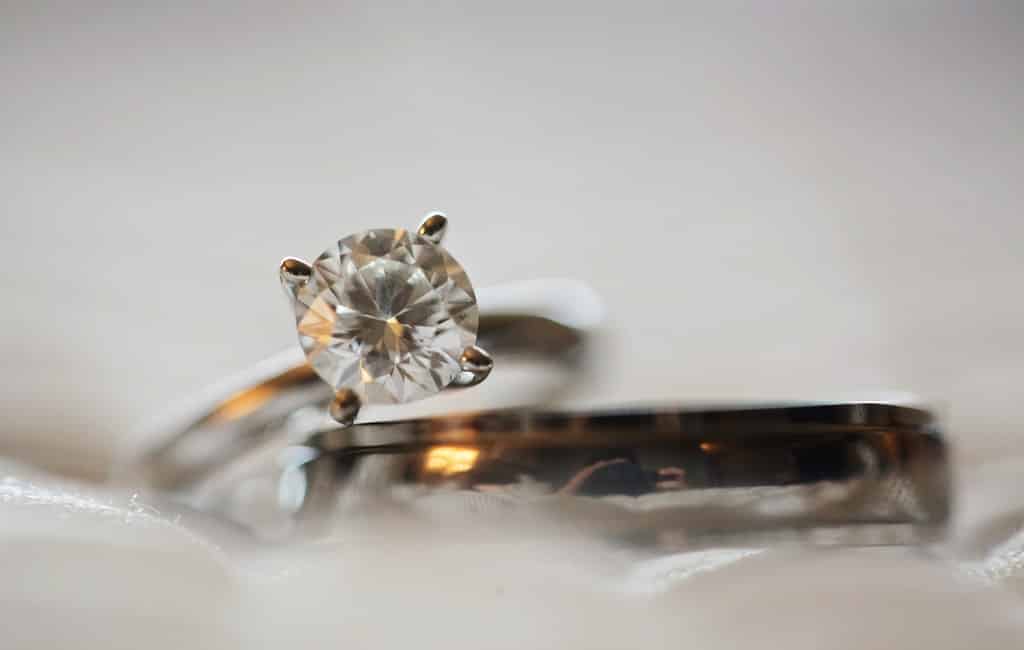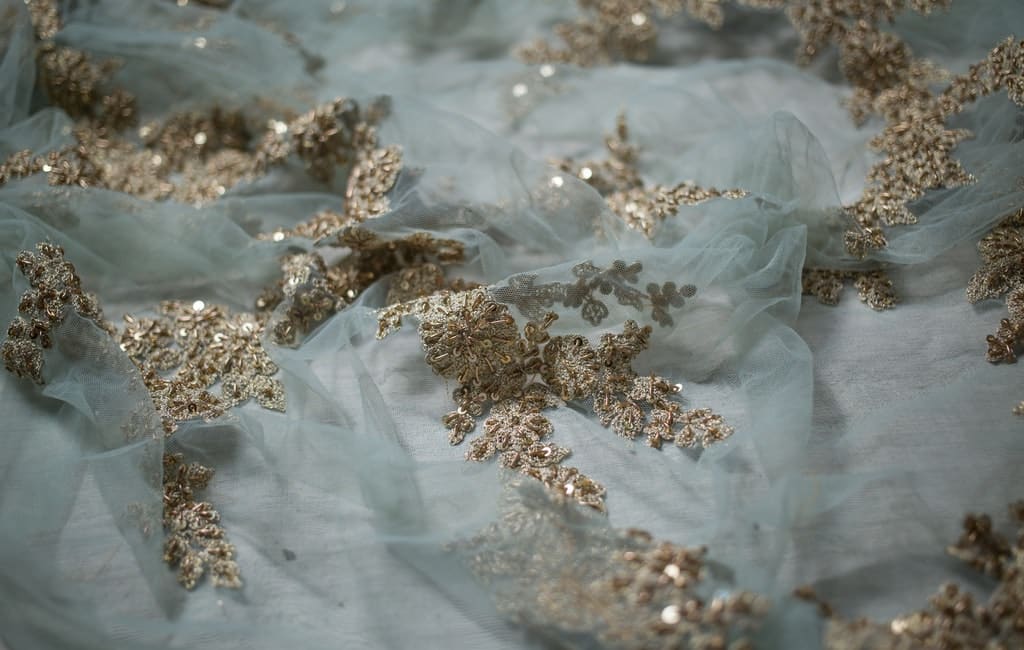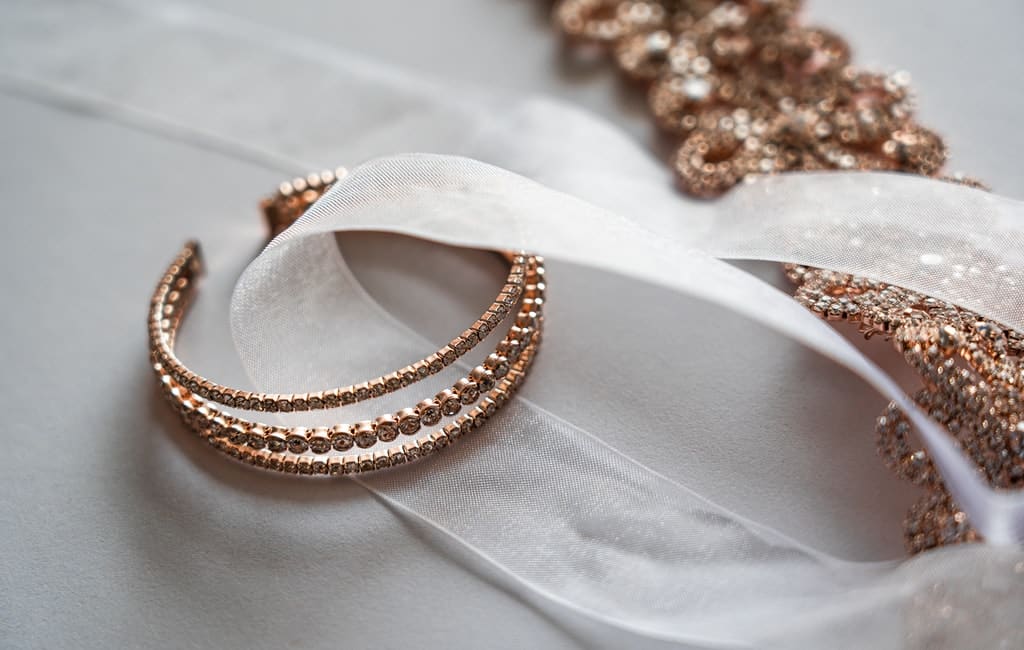Gems are precious stones that shine when cut and polished. Gems are usually expensive and they are usually mined from underneath the earth’s crust, where they occur as mineral deposits; formed from physical and chemical reactions which occur over thousands of years. Gold is a precious metal that is very popular all over the world. As a matter of fact, this metal is so popular that it has inspired a few idioms and popular sayings (e.g. “all that glitters is not gold”) entrenched within history. It is also held in high esteem. However, is it a gem?

WHAT IS GOLD?
Many of us know gold as that shiny yellow – or golden – metal that shines when polished and does not rust with age. This metal is particularly popular with those who wear a lot of rings, chains and accessories in general (because gold is one of the precious metals used heavily in the ornamental and jewelry industry). However, some other people know more gold more intimately as a chemical element with the atomic number 79 and chemical symbol Au on the periodic table. In its pure form, gold is a bright, malleable and dense ductile metal that is a group 11 element and a transition metal. It is not a very reactive element; as a matter of fact, it is one of the least reactive chemical elements in the world, which kind of means it also exists in solid form under normal conditions. Naturally, gold also occurs in native form (or free elemental form), as grains or nuggets in alluvial deposits, veins and rocks. It usually occurs in a solid solution series with the free elemental form silver and it can also exist in a free naturally alloyed form with other metals like palladium and copper or with mineral inclusions such as within pyrite. Also, gold can occur naturally as rare compounds with minerals such as tellurium (in the form of gold tellurides).
Apart from being naturally resistant to the formation of rust, gold also exhibits a resistance to most acids except a mixture of hydrochloric acid and nitric acid known as aqua regia, in which it dissolves to form a soluble tetrachloroaurate anion.
Apart from ornaments and jewelry, gold has also been used to make coins over the years. However, coins made from gold stopped being minted as circulating currency in the 1930s.

WHAT ARE THE DISTINCT CHARACTERISTICS OF GOLD?
There are characteristics of gold which set it apart from other kinds of metals. These include:
- Ductility
Ductility is the ability of a substance to be drawn into wires. Many metals are ductile, however, gold is exceptionally so as it can be drawn out into the thinnest kinds of wires. For instance, according to the American Museum of Natural History, a single ounce of this precious metal (i.e. gold) can be drawn into 80 km of thin gold wire of about 0.20 millimeters in diameter.
- Heat and light reflectivity
Gold is a very good reflector of heat and light. The American Museum of Natural History cites this property of gold as one of the reasons why it is used in making helmets for astronauts. According to them (the American Museum of Natural History), the visors of the space helmets o astronauts receive a very thin coating of gold (about 0.000002 inches or 0.00005 millimeters); this concentration is so thin that the helmet visors are virtually transparent. Yet, this small concentration of gold assists them greatly in reducing glare and heat from sunlight.
- Malleability
Malleability is the ability of a substance to be worked – or flattened – into thin sheets. Gold is a very malleable metal which can be worked or flattened into thin sheet, and such sheets are often used in gold leafing; an ancient method or technique by which raw gold is beaten between pieces of leather until it forms a very thin layer. Thousands of these thin layers or sheets would be no thicker than a dime (according to the American Museum of Natural History).
- Beauty
Gold is very beautiful and aesthetically pleasing, and this is why jewelers and those who deal in ornaments favor it. Aside from this, gold also easy to work with – as a result of all its other properties which have been listed above (that is, its ductility, heat and light reflectivity and malleability) – which is why many jewelers prefer it to other precious metals.
IS GOLD A GEM?
While gold is definitely a gem of a precious metal, it is not a gem in the actual sense of the word. A gem – or fine gem – is a term that is popularly used to refer to a gemstone, which is a precious stone that is found deep beneath the earth’s crust. Gemstones are mineral deposits that often occur in the form of crystals. Gold on the other hand is a metal (and not a crystal). Apart from this, gold is definitely not a gem because it does not have the same characteristics of gemstones (which may be precious stones such as rubies, emeralds, sapphires and diamond or semi-precious stones such as opals and lapis lazulis. Other materials which also fall under the categories of gemstones, even though they are not exactly stones – found deep beneath the earth’s crust – are pearl, jet and amber). Many gemstones are hard however; some of them are also soft. What many of them have in common is a pleasing luster and aesthetic value. They are usually of distinct colors and they tend to shine when they have been cut and polished. A lot of them also have a lot of history and notoriety in various places around the world (diamonds, for instance, are known to “last forever” and are often called a “girl’s best friend” because, not only are they the strongest substance in the world, they are also famously used to mark a couple’s eightieth wedding anniversary, or a person’s eightieth birth day). In the same vein, a lot of gemstones have been tagged as the special stones – or birth stones – for each month of the year, which also adds to their notoriety (e.g. Peridot is the birthstone for the month of august). Gemstones are also rare, as they can only be found in specific places around the world. While gold shares a lot of these characteristics – e.g. the luster, shine, rarity and usage in jewelries – it is not a gemstone, because it does not occur naturally in crystal forms. Instead, it is a metal that is commonly found alone or in ores.

